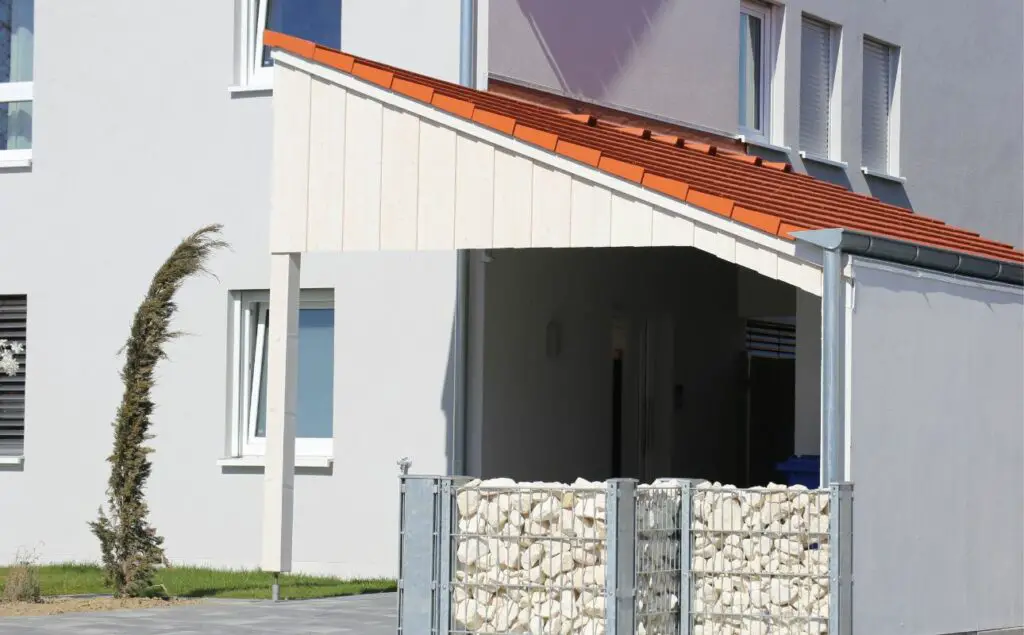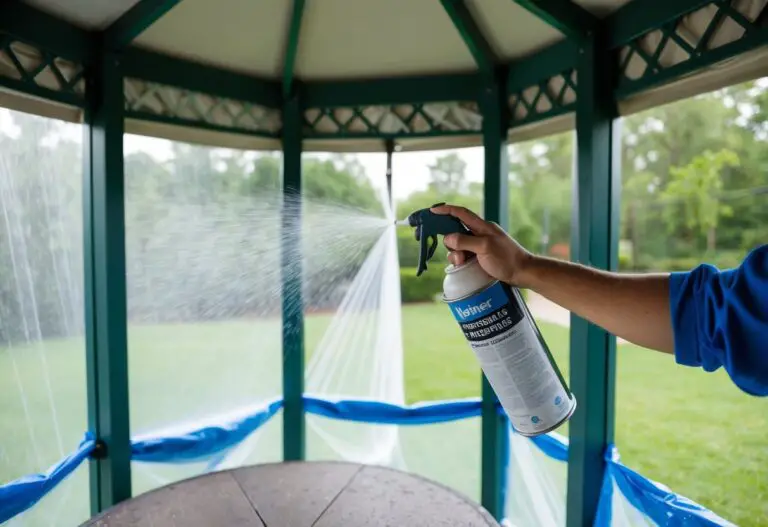For homeowners who need additional space for their vehicles or storage, a carport can be a practical and cost-effective solution. However, before you start planning to install a carport on your property line, it is important to understand the zoning laws and building codes in your area.
Zoning laws regulate how land can be used and developed in different areas. Building codes establish minimum safety standards for construction projects. Both of these regulations are crucial considerations when deciding whether or not you can put a carport on your property line.

Understand Zoning Laws and Building Codes
Building regulations vary from one jurisdiction to another, so it is crucial to research and understand the requirements in your area.
It is also important to take into account any legal implications that may arise if you violate these regulations. Failure to comply with zoning laws and building codes can lead to fines, penalties, or even legal action against you.
Therefore, it is essential to obtain the necessary permits for your carport before starting construction or installation. This will ensure that your project meets all legal requirements and ensures its safety and compliance with local ordinances.
Obtain Necessary Permits
To ensure compliance with local building regulations and zoning ordinances, it is imperative to obtain the necessary permits prior to constructing any structure that may impact the surrounding environment or neighboring properties.
Permit application procedures vary depending on the city regulations and requirements, but generally involve submitting detailed plans of the proposed carport, including its location relative to property lines and other structures.
It is important to note that obtaining a permit does not guarantee approval for construction; applicants must comply with all relevant laws and regulations in order for their project to be approved.
Failure to obtain proper permits can result in costly fines or even legal action. Therefore, it is crucial to consult with local authorities and abide by the permit application process before proceeding with any construction projects on your property line.
Once permits have been obtained, homeowners should also consider property line setbacks when determining where to place their carport in order to avoid encroaching on neighboring properties or violating zoning ordinances regarding distance from property lines.
Consider Property Line Setbacks
Compliance with local building regulations and zoning ordinances entails considering the distance between the proposed carport and neighboring properties to avoid potential conflicts or violation of zoning ordinances regarding setback requirements.
Legal boundaries must be respected when building near property lines, and it is important to follow guidelines set by your local government. It is crucial to understand setback requirements before you begin constructing a carport on your property line. This will ensure that you are not violating any rules that may result in legal action against you.
When considering setbacks, it is important to do so from all angles, including ingress and egress points. Additionally, being aware of your neighbor’s needs can help prevent any disputes or misunderstandings that may arise during construction.
To achieve this, consider communicating with them about your plans and listening to their concerns or suggestions about how you can minimize disruption during the process.
Communicate with Neighbors
Discussing plans with neighbors can help to avoid potential conflicts and misunderstandings in the future.
It is important to address any concerns or issues that may arise during the conversation, and try to come up with a solution that works for everyone involved.
Keeping an open and respectful dialogue with your neighbors can lead to better relationships and a more harmonious living environment overall.
Discuss Plans with Neighbors
In a recent survey, it was found that involving neighbors in property-related decisions can lead to a higher level of satisfaction and cooperation among community members.
Therefore, engaging in respectful communication with adjacent landowners regarding plans for the boundary area could prove beneficial in reaching a mutually agreeable solution.
When discussing plans with neighbors, it is important to listen to their concerns and be open to potential compromises.
Address Any Concerns or Issues
When addressing potential concerns or issues related to plans for the boundary area, it is important to consider the impact on adjacent properties and collaborate with neighbors to find mutually beneficial solutions.
Legal implications of building on a property line should be taken into consideration, as it may require obtaining permits or adhering to certain zoning regulations. Safety concerns should also be addressed, especially if the carport will be close to a neighbor’s property or home.
It is crucial to have open communication with neighbors and address any concerns they may have regarding noise, privacy, or aesthetics. Finding common ground can prevent conflicts from arising in the future. However, if there are disagreements that cannot be resolved, it may be best to seek legal advice before proceeding with construction.
Hire a Professional Installer
Engaging the services of a licensed and experienced installer can provide valuable assistance in ensuring compliance with local building codes and regulations, ultimately resulting in a successful installation that adheres to approved standards.
It is important to consider the cost estimate for hiring an installer versus taking on a DIY option. While installing a carport may seem like a simple project, it requires knowledge of construction techniques, zoning laws, and safety precautions.
A professional installer will have the necessary expertise to properly assess your property line and ensure that all necessary permits are obtained before beginning work. Additionally, they will have access to specialized tools and equipment needed for the job.
The Bottom Line
Before putting up a carport on your property line, it is crucial to understand zoning laws and building codes in your area. Obtaining necessary permits and considering property line setbacks are also important factors to consider. Communicating with neighbors about the construction can prevent potential conflicts.
It is essential to hire a professional installer who has experience in constructing carports within legal boundaries. According to a survey conducted by HomeAdvisor, the national average cost of installing a carport ranges from $2,000 to $6,000 depending on the size and materials used. This statistic highlights the importance of proper planning before investing in such construction.





